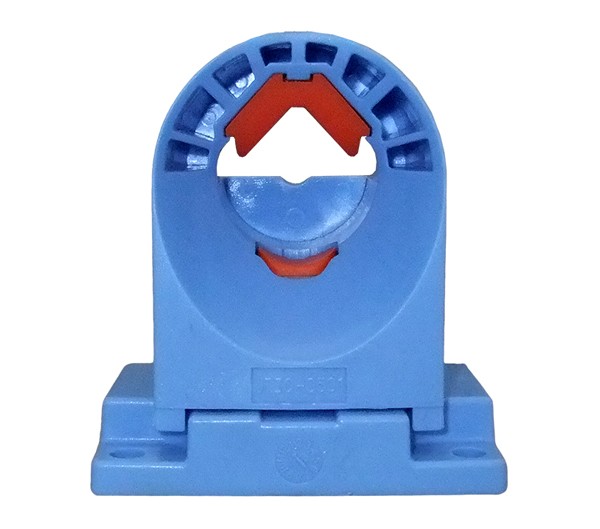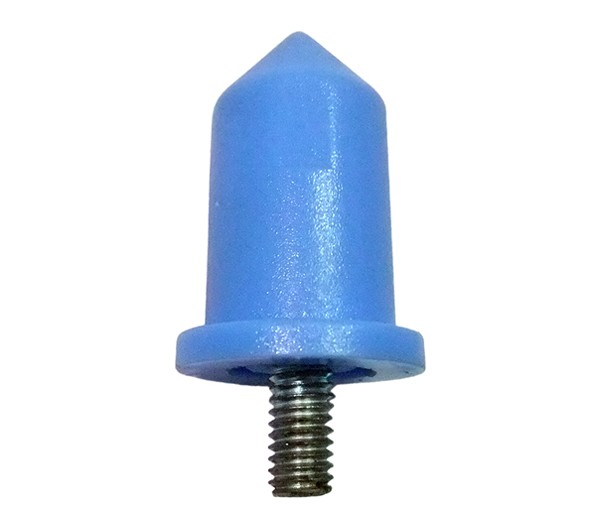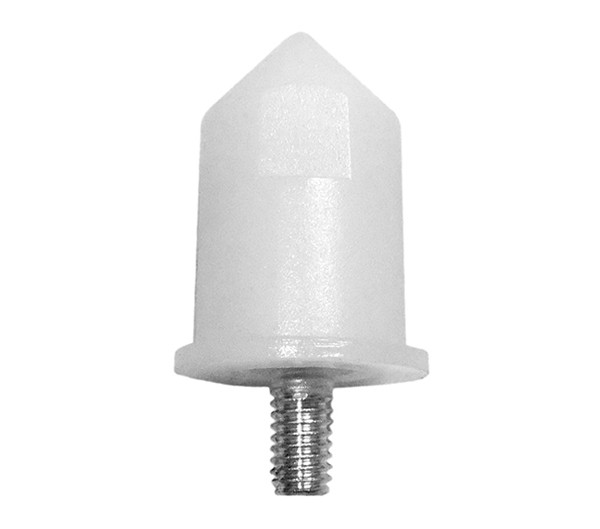Domestic Pure Cotton Yarn Price Lowering
From:未知 Release Time:2015/1/31 0:00:00
Since the second quarter of 2014, the price of domestic pure cotton yarn has been significantly lower, but it is still difficult to match blended cotton yarn with imported cotton yarn which has great cost advantages. The decline in pure cotton yarn prices should be a major boon for clothing and home textile enterprises that consume large amounts of cotton, but both are calm to deal with. The market acceptance of pure cotton substitutes - blended products and the backlog of clothing enterprises make it difficult for pure cotton yarns that have already reduced their "value" to regain market share. Xu Xiaomiao, an analyst of Zhuozhuang Information Cotton Yarn, said in an interview with reporters that the domestic demand for pure cotton yarn is not strong since the second quarter of 2014, and the yarn price has dropped significantly. "At present, domestic yarn price is still the most expensive, followed by imported yarn, blended cotton yarn price is the cheapest, of which the advantages are self-evident." According to Zhuo Chuang's monitoring data, the average price of conventional carding yarn in May dropped by about 4% compared with the same period last year, with a monthly drop of 1%-1.2% and a drop of 3%-4% in other specifications. Xu Xiaomiao told reporters that cotton has always been a traditional textile raw material in China. Since 2011, the state has implemented the policy of temporary storage, and the price of cotton market has risen sharply. In 2013, some agricultural products, including cotton, were replaced by direct subsidies for planting instead of temporary storage policies. "Although the policy is changing positively, it is not a matter of overnight to think about it when the price goes up." An insider told reporters frankly. Customs data show that the number of imported yarns in China is increasing year by year. Imports of 900,21,000 tons in 2011, 16,226,200 tons in 2012, 2,09,89,000 tons in 2013 and 682,600 tons in the first four months of this year. Xu Xiaomiao said that even though imported cotton yarn has a price advantage over domestic cotton yarn, the sum of the two yarns is still in a downward trend, because the price of both yarns is lower than that of blended yarns. "Blended yarn has a high market popularity and great profit." Xu Xiaomiao told reporters that according to Zhuo Chuang's estimated data in 2013, the profit per ton of blended products is more than 400 yuan, while the average annual profit level is 850 yuan per ton of high-matched 32 pure cotton yarns. With such a high profit margin, manufacturers can't help themselves. "As a major consumer of pure cotton yarn, apparel and home textile enterprises should generally be able to rationally face the price decline of pure cotton yarn." An industry analyst told reporters. The person in charge of clothing and home textile enterprises interviewed said that although the price of raw materials was declining, the impact on enterprises was still questionable. A person in charge of a garment enterprise told reporters that the current downturn in the garment industry, in the premise of a large backlog of products, the enterprise will not rush to expand purchasing volume because of the lower price of raw materials. In an interview with reporters, Mengjie Home Textile Public Relations Director Pi Shiming said that according to the data released by the home textile industry, there are 10,000 enterprises with production qualifications in the country at present, and it is difficult to count the number of small-scale family workshops. "Although consumers know that pure cotton is more comfortable, but due to price and other factors, blended products also have a large market."




